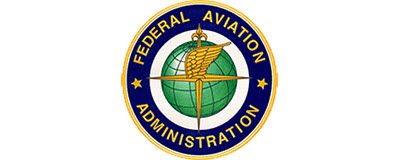
The FAA this week published a final rule prohibiting takeoffs with “polished frost,” which it defines as “frost buffed to make it smooth,” on the wings, stabilizers and control surfaces of aircraft operated under fractional or charter rules. The rule requires operators to remove any frost adhering to critical surfaces prior to takeoff. Since most such operators already were prevented from using the procedure under FAA operating specs, the change mainly affects operators in Alaska, FAA’s Les Dorr told AVweb on Tuesday. Out of 188 aircraft affected by the new rule, 177 are in Alaska. FAA Administrator Randy Babbitt said the FAA has advised pilots not to take off with frost or ice contaminating their wings for years, “because it made good sense. Now, it’s the law.” The change, however, does not apply to non-fractional operators flying under Part 91, although of the 12 frost-related accidents the FAA identified, 9 involved such operations. Those accidents, the FAA says, would not have been prevented by this new rule. “Nevertheless,” the FAA said, “these accidents illustrate the risk involved in flying with polished frost.”
The new rule also clarifies that aircraft operating under Parts 125, 135, or 91 subpart F (fractionals and some large aircraft), must have functioning deicing or anti-icing equipment to fly under IFR into known or forecast light or moderate icing conditions, or under VFR into known light or moderate icing conditions. The new rules take effect Jan. 30. Previous FAA guidance recommended removing all wing frost prior to takeoff, but allowed it to be polished smooth if the aircraft manufacturer’s recommended procedures were followed. But manufacturers never published standards of acceptable smoothness for polished frost, and the FAA said it has no data to determine exactly how to polish frost to satisfactory smoothness. The new rules include four alternatives to removing frost: use wing covers to prevent frost accumulation, wait for frost to melt, store the aircraft in a heated hangar, or de-ice the wing surface. Frost can affect the aerodynamics of wings and control surfaces, and the safest action is to completely remove it, the FAA said.

































